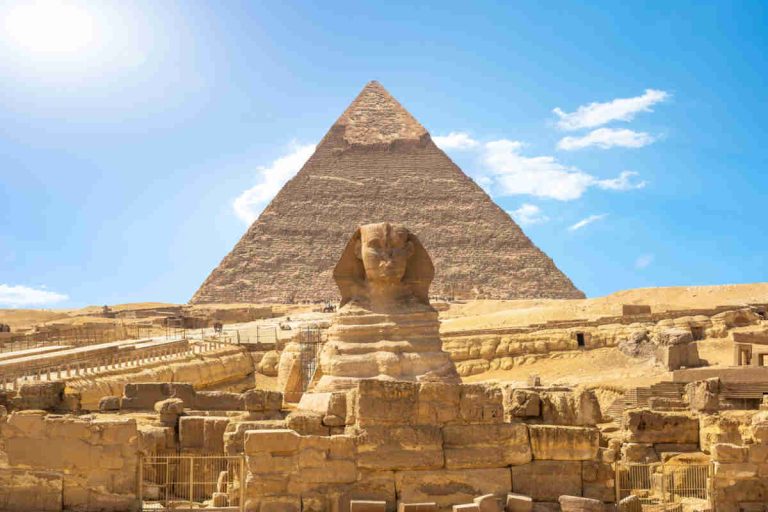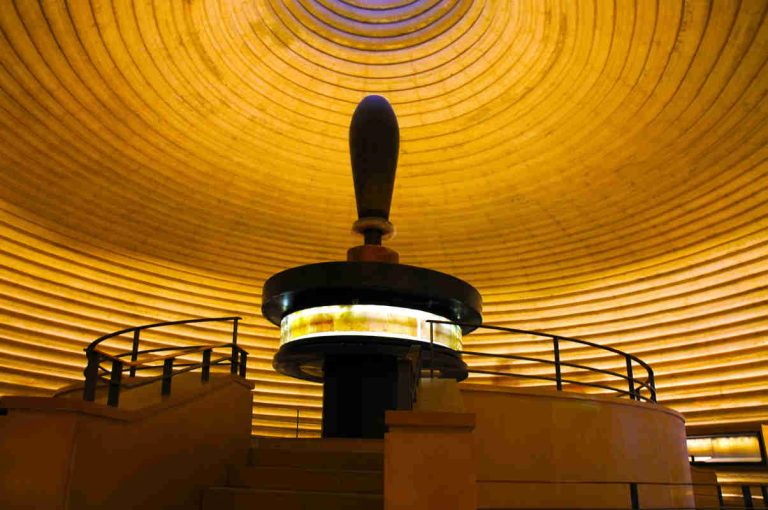When a traveler thinks of a guard change, they might envision the solemn relief that takes place at Buckingham Palace in London. However, it’s not the only one in the world, far from it. In fact, users of our agencies have the opportunity to witness some of them, either as part of the circuits we organize or as a complementary proposal during free time. Below we mention some, in very different destinations and with very different meanings.
Athens, in Front of the Parliament
Some of our combined circuits through Turkey and Greece reach Athens. And in the Syntagma Square of this city, right in front of the Parliament (which was formerly the Royal Palace), the changing of the guard takes place daily and hourly. It’s a curious (and slow) celebration with the relief of evzones, who are the presidential guard, dressed in white uniforms reminiscent of those used by the klefts or soldiers who led to Greece’s independence from the Ottoman Empire in 1821. This change takes place in front of the Monument to the Unknown Soldier, thus paying homage to all Greek soldiers fallen in battle.
Turkey, in Various Cities
Turkey is a country that solemnly honors the great figures of its past, for example, important sultans. And it does so with guard changes in front of their mausoleums. This is the case of Ertugrul, considered one of the founders of the Ottoman Empire, as he was the father of Osman I. This changing of the guard takes place at his mausoleum, located in the city of Sogut, carried out by Gendarmerie soldiers. Precisely at the mausoleum of Osman I, in Bursa, there are also daily guard changes, performed by members of the same security force. These two are not the only ones, as another very popular one is the changing of the guard at the Anıtkabir, in Ankara, to pay homage to Mustafa Kemal Atatürk, considered the father of the Republic of Turkey, in this case carried out by soldiers from different divisions of the modern Turkish army.
Rabat, in Front of the Mausoleum of Mohammed V
In Rabat, the capital of Morocco, you can also see guards in front of the Mausoleum of Mohammed V, permanently guarding the resting place of the first monarch after the country’s independence, which is also the pantheon of the most recent monarchs of the Alaouite dynasty. In this case, the relief is not organized in a standardized way as a demonstration, but a walk through this symbolic esplanade can serve to closely observe the Moroccan royal guards, with their elegant red uniform with white cape and green cap, some of them on horseback.
Changing of the Guard in Petra
All the guard changes mentioned above undoubtedly have a rather scenographic character rather than practical. But they have in common the fact that they are official state ceremonies, as they protect real and solemn places for their fellow citizens. In contrast, the last changing of the guard we mention in this post has a more touristic character, as it is a modern theatrical performance. But the beauty of the place and the historical basis on which it is based make it well worth it.
We’re talking about the changing of the guard in Petra, Jordan, by Nabataean soldiers: it’s a historical recreation carried out by the Jordan Heritage Revival Company, which aims to make these types of demonstrations and shows to disseminate the past of this territory. Coinciding with this show can be an interesting way to better understand who that civilization was that gave birth to the rock-carved city that was Raqmu, called Petra by its successors, the Romans.




